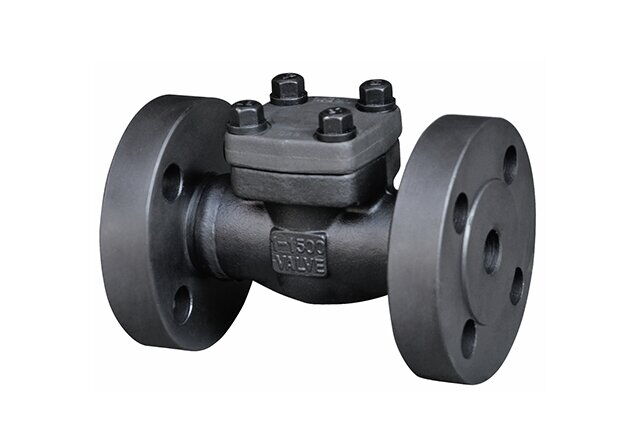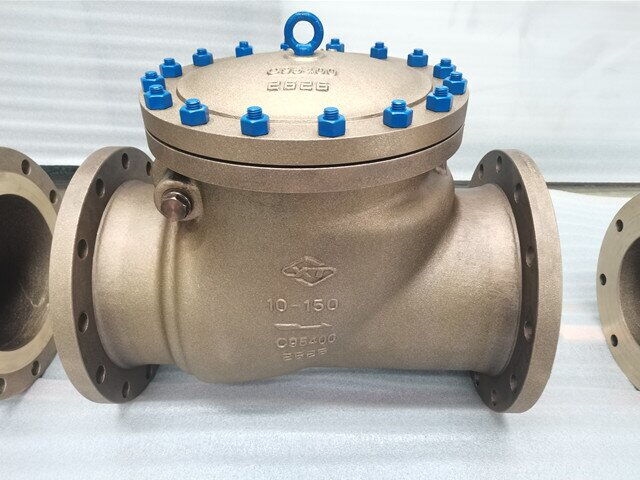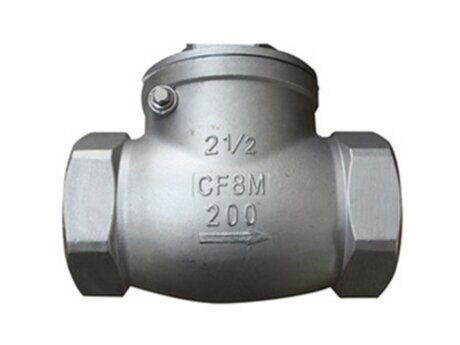Check valves are essential components in various fluid systems, designed to allow fluid to flow in one direction and prevent backflow. They play a crucial role in protecting equipment, maintaining system pressure, and ensuring safe and efficient operation. However, choosing the right
check valve for your application can be a complex task, given the wide range of valve types available and the specific requirements of each system. This article will guide you through the different types of check valves and the key factors to consider when selecting the best one for your application.
A check valve is a one-way valve that automatically opens to allow fluid flow in one direction and closes to prevent reverse flow. These valves are commonly used in pipelines where backflow could damage equipment, disrupt processes, or compromise safety. Check valves operate without manual intervention and are driven by the flow of fluid itself, making them efficient and reliable components in various industries.
Understanding the different types of check valves is critical to selecting the right one for your specific application. Below are some of the most common types:
Casting check valves are made from cast materials such as iron, steel, or stainless steel, which makes them suitable for a wide range of applications. They are typically used in systems where durability and strength are important, as cast materials can withstand higher pressures and temperatures. These valves are often found in oil, gas, and water systems.
Forged check valves are manufactured by forging metal, which results in a stronger, more compact valve body. Due to their robust construction, forged check valves are ideal for high-pressure and high-temperature applications. They are frequently used in industries like petrochemical, power generation, and refining.

Bronze check valves are known for their excellent corrosion resistance, making them ideal for applications involving seawater or corrosive chemicals. These valves are commonly used in marine, wastewater, and HVAC systems. Their durability and resistance to corrosion ensure long service life in challenging environments.

Swing check valves are one of the most commonly used types of check valves. They feature a disc that swings open when fluid flows in the correct direction and closes when flow stops or reverses. Swing check valves are suitable for low-velocity applications and are widely used in water and sewage systems, HVAC, and pump discharge lines.

Dual plate check valves, also known as double-door check valves, consist of two spring-loaded plates that open when fluid flows forward and close to prevent backflow. These valves are lightweight, compact, and offer quick response times, making them a popular choice for applications where space is limited. They are commonly used in chemical processing, water treatment, and oil and gas industries.
Lift check valves feature a disc that lifts when fluid flows in the forward direction and drops back onto the seat when flow stops or reverses. They are typically used in high-pressure applications where precise sealing is critical. Lift check valves are often found in steam, gas, and high-pressure water systems.
Selecting the right check valve involves evaluating various factors specific to your application. Here are some key considerations:
The first step in selecting a check valve is determining the flow direction and operating conditions of the system. Make sure the check valve you choose is designed for the flow direction and that it can handle the pressure, temperature, and fluid type of your system. Some check valves, like lift check valves, are better suited for high-pressure applications, while others, like swing check valves, work well in low-pressure systems.
Choosing the right material for your check valve is critical to ensure it can withstand the operating environment. For example, bronze check valves are ideal for corrosive environments, while forged or cast steel valves are better suited for high-pressure and high-temperature applications. Consider factors such as corrosion resistance, temperature tolerance, and mechanical strength when selecting valve materials.
Check valves must be capable of handling the pressure and temperature ranges of your system. Always check the valve’s pressure and temperature ratings to ensure they align with your application’s requirements. For high-pressure applications, forged check valves are a reliable choice, while for systems operating under moderate conditions, casting check valves may be more suitable.
Space availability is another critical factor. Dual plate check valves, for instance, are more compact and lightweight, making them ideal for systems with limited space. Before selecting a check valve, measure the available space and choose a valve that fits within those constraints without compromising performance.
Different check valves have varying response times, which refers to how quickly they close to prevent backflow. Applications with high fluid velocity may require check valves that close quickly, like dual plate check valves. For systems with slower fluid flow, swing check valves may be a better option as they offer reliable performance at low velocities.
Maintenance Requirements
Consider the maintenance needs of the check valve. Some valves, like swing check valves, are relatively simple to maintain, while others may require more frequent attention. If your system operates continuously or is difficult to access, choose a check valve with minimal maintenance requirements to reduce downtime and service costs.
Finally, the cost of the valve is an important consideration. While it may be tempting to choose the least expensive option, remember that selecting a valve based solely on price can lead to higher long-term costs due to repairs, replacements, or operational inefficiencies. Balance cost with quality and performance to ensure you get the best value for your investment.
Selecting the best check valve for your application is essential for ensuring efficient, reliable operation and protecting your system from damage caused by backflow. By understanding the different types of check valves—such as swing, lift, dual plate, casting, and forged valves—and considering key factors like material, pressure ratings, and maintenance needs, you can make an informed decision that meets the specific requirements of your system. Investing time in selecting the right valve will lead to smoother operations, reduced maintenance costs, and enhanced system longevity.





